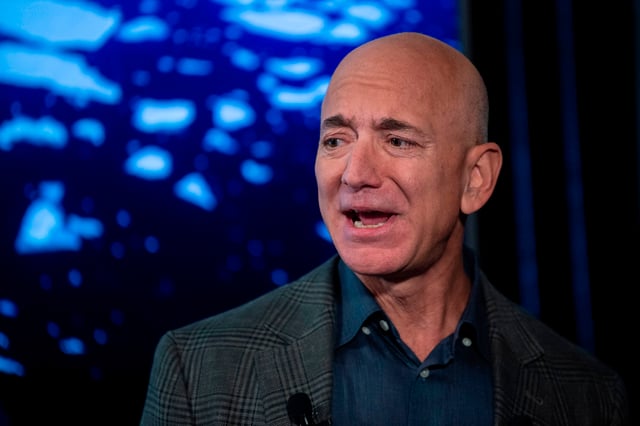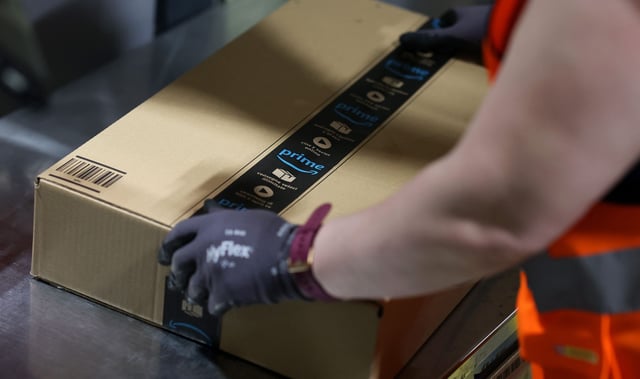Overview
- The FTC's lawsuit claims Amazon used a secret pricing algorithm, known as 'Project Nessie', to artificially inflate prices on its platform. It's accused of making over $1.4 billion in excess profits as a result.
- First introduced in 2014, the algorithm was used strategically by Amazon to raise prices on items that would be price-matched by competitors. The FTC alleges that the platform deployed it extensively, save for periods of heightened public scrutiny, such as the holiday season and Prime Day.
- In April 2018 alone, Amazon allegedly used the algorithm to increase prices on over eight million items, earning nearly $194 million in the process.
- Despite reports suggesting Nessie is no longer in operation, evidence from the FTC suggests Amazon has debated reinstating the algorithm, with the CEO of Worldwide Amazon Stores suggesting possible modifications to it in early 2022.
- Additionally, the lawsuit alleges that Amazon intentionally deleted internal communications about Nessie and its operation - misdeeds that, if proven, would make its true impacts even more difficult to determine.



